|
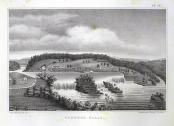
"Turners Falls"
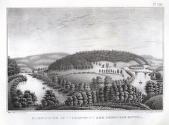
"Confluence of Connecticut and Deerfield Rivers"
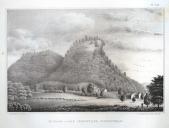
"Sugar Loaf Mountain"

The Deerfield Valley from Whitcomb Summit

The Deerfield Valley from Whitcomb Summit

"Looking West At Mount Sugarloaf"
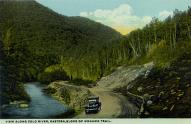
View Along the Cold River, Eastern Slope of Mohawk Trail
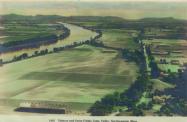
Tobacco and Onion Fields, Connecticut Valley
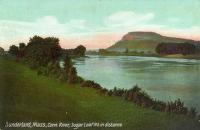
Connecticut River, Mt. Sugarloaf in the distance

Deerfield River

Connecticut River and Sunderland Bridge from Mt.Sugarloaf
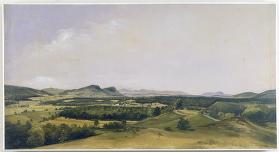
Connecticut Valley
|
Summary and Objective
To understand the effects of glacial movement on the landscape, students will build a classroom model of a glacier. They will be able to recognize geographical terms associated with glaciation. They will understand that the rich soils that are part of the natural resources of the Connecticut River Valley are related to the erosion and deposition of the glaciers. Students will understand that human settlement in the valley can often be attributed to the richness of the soil and other resources the river provides the region.
Teaching Plan
Step 1.
Students will view video or do some research about "Geological History" They will understand that glaciers once covered New England.
Step 2.
Students will become familiar with the concept of the water cycle. They will realize the impact of erosion and deposition on the geography of an area.
Step 3.
Students will build a classroom model of a glacier and record observations for one week. They will learn vocabulary to identify things they are observing. Erosion, channel, glacial erratics. erosion, deposition, lake, stream, river, floodplain, silt, delta,valley.
Step 4.
Students will view the digital collection of the American Centuries website to find examples of how the rich deposits of soil in the valley have affected the settlement of the area.
Step 5.
Students will write a short essay reflecting different historial time periods. They should express views about why people settled in the valley. They can choose from various ethnic groups and cultures.
Step 6.
Students will search the American Centuries website for examples of geological formations in and around the Connecticut River Valley. They will be able to explain the role of glaciation in the formation of these features.
Step 7.
Students will be able to explain how glaciers impact the landscape and share their observations with their classmates and teacher. This can be done in the form of journals, drawings, diagrams, dioramas, posters or narratives. Students may suggest other ideas for sharing their learning. Ideas may be drawn from their classroom work or from the website links.
|




